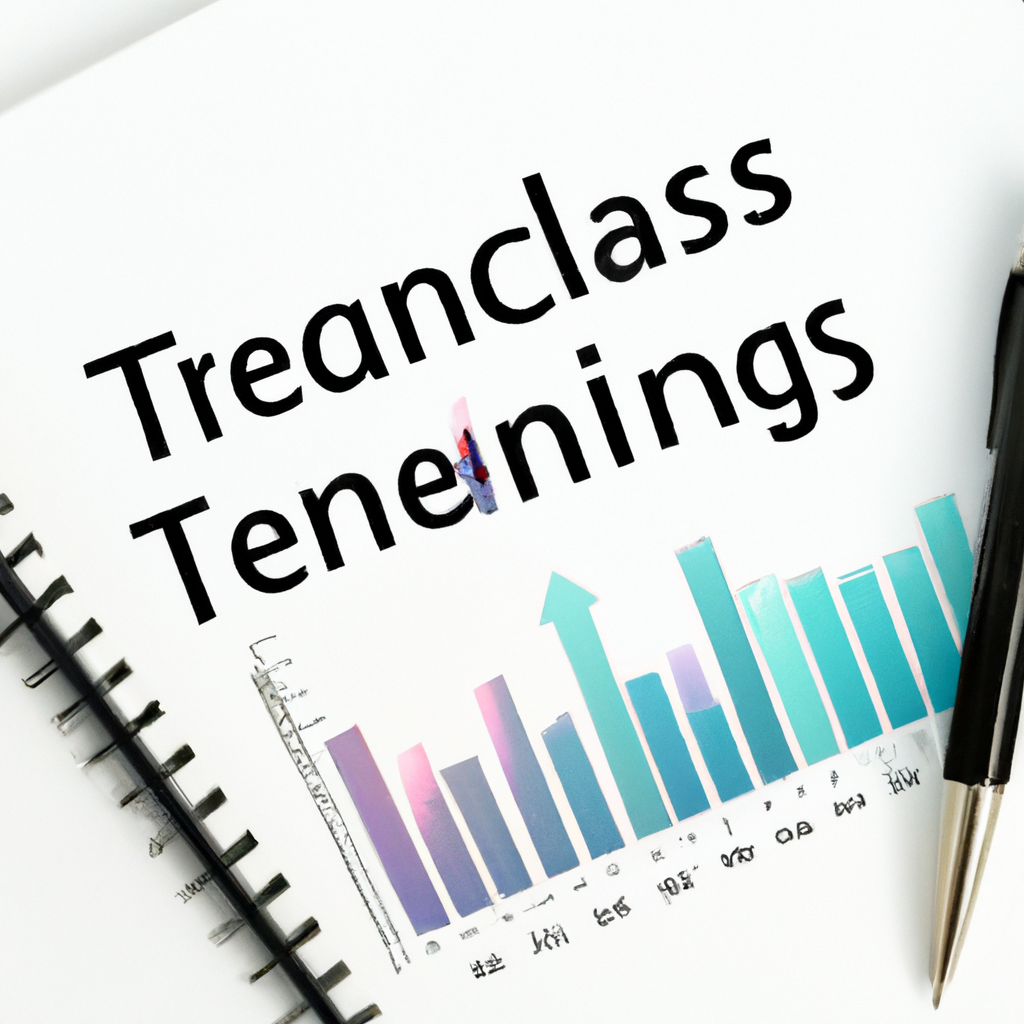
Global Economic Trends: Analysis and Outlook
Global Economic Trends Analysis
Introduction
In today’s interconnected world, understanding global economic trends is crucial for businesses, investors, and policymakers. By analyzing these trends, we can better predict future economic conditions and make informed decisions.
Current Global Economic Landscape
As of [current year], the global economy is facing several challenges and opportunities. Here are some key trends to consider:
1. Economic Growth
Many countries are experiencing slow economic growth due to factors such as trade tensions, political instability, and the impact of the COVID-19 pandemic. However, some regions, such as Asia and Africa, are showing signs of resilience and growth.
2. Inflation and Deflation
Inflation rates vary across countries, with some experiencing high inflation due to supply chain disruptions and increased demand for goods and services. On the other hand, deflation remains a concern in some regions, leading to lower consumer spending and investment.
3. Trade and Protectionism
The rise of protectionist policies and trade tensions between major economies, such as the US and China, has disrupted global supply chains and affected international trade. This trend has led to uncertainty and volatility in the global economy.
Future Economic Outlook
Looking ahead, several factors will shape the global economic landscape in the coming years. Here are some predictions and considerations:
1. Digital Transformation
The ongoing digital transformation will continue to impact various industries and sectors, leading to increased automation, innovation, and efficiency. Businesses that embrace digital technologies will be better positioned to thrive in the future economy.
2. Sustainable Development
As climate change and environmental issues become more pressing, there is a growing emphasis on sustainable development and green technologies. Companies that prioritize sustainability and ESG (Environmental, Social, and Governance) factors will attract investors and consumers.
3. Geopolitical Risks
Geopolitical tensions, such as conflicts, trade disputes, and political instability, will continue to pose risks to the global economy. Businesses and investors must navigate these challenges and adapt to changing geopolitical dynamics.
Conclusion
In conclusion, analyzing global economic trends is essential for understanding the current economic landscape and preparing for future opportunities and challenges. By staying informed and adapting to changing market conditions, businesses and individuals can navigate the complex world of global economics successfully.

